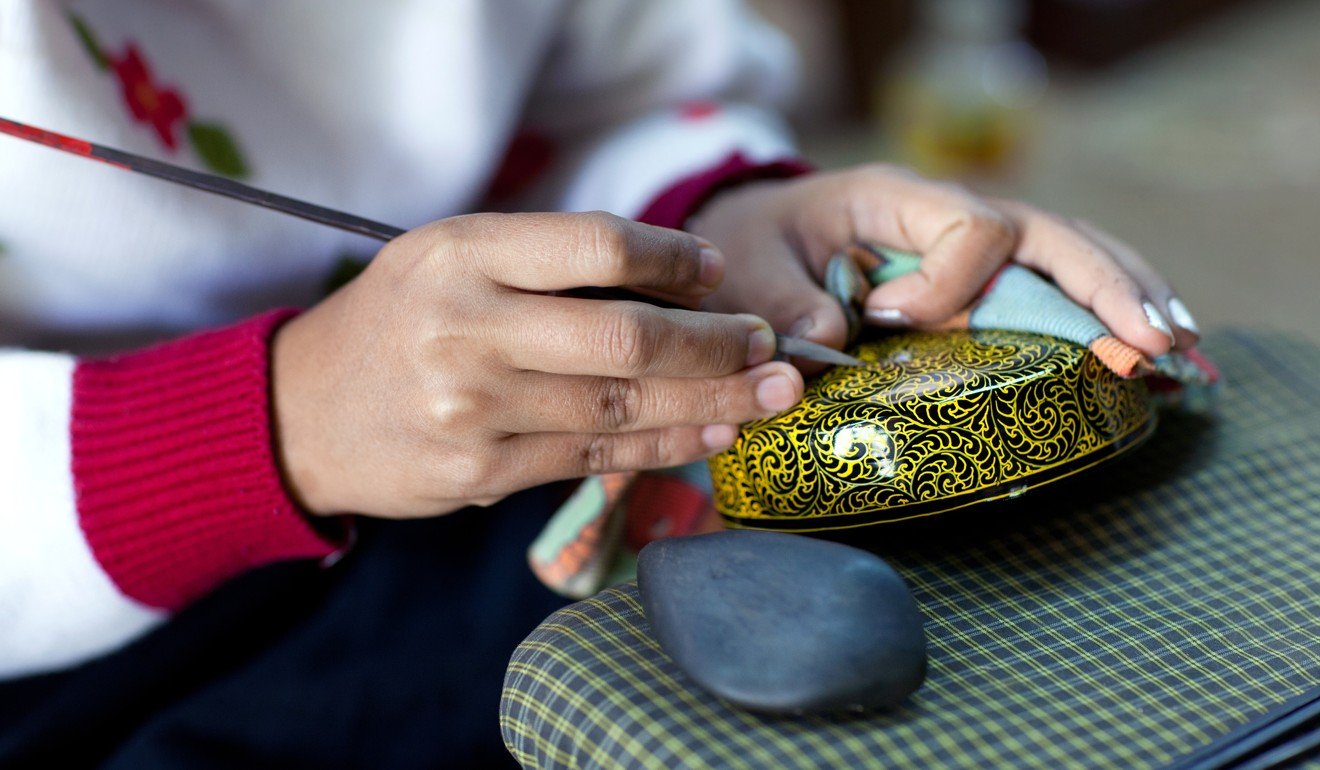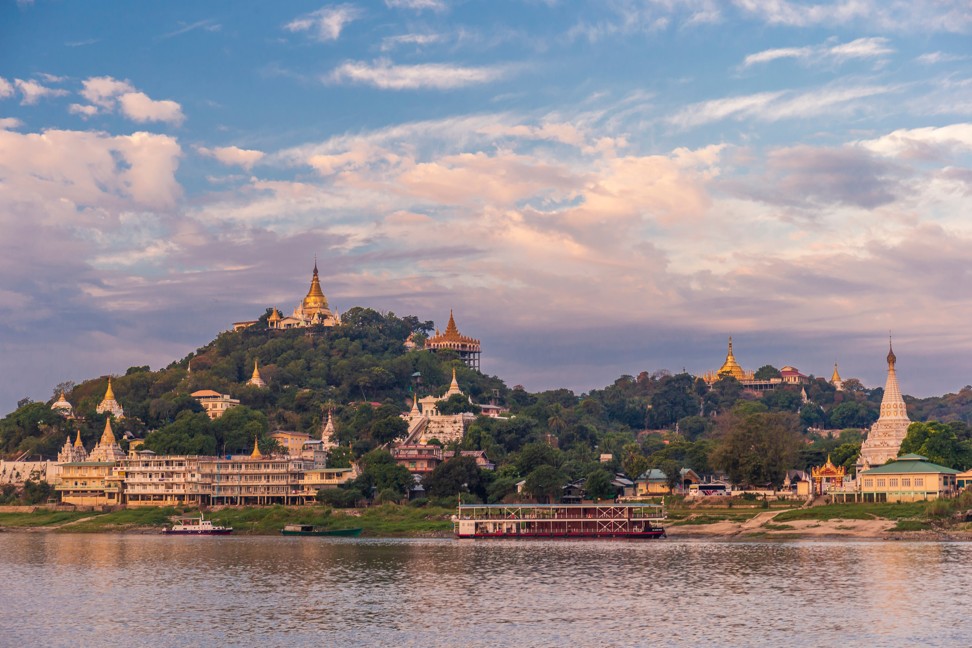
What to do in Bagan – Myanmar’s ancient temple city is one of Asia’s architectural marvels
- The best way to experience the more than 2,000 temples and pagodas at the Unesco World Heritage Site is from the basket of a hot-air balloon
- Nearby Mount Popa, where flowers and medicinal plants sprout from rich volcanic soil, is also worth exploring

Doubtless there was a fair bit of politicking going on when the Unesco World Heritage Site bods sat down in Azerbaijan last month to decide which spots were going to make it onto the list. The good news is that – after applications spanning more than 20 years – Bagan, the 1,000-year-old archaeological theme park that’s home to 2,000 or more temples and pagodas, finally got the thumbs-up.
Despite an earthquake or two in recent years and some spam-fisted development that has impinged on the ancient capital’s authenticity, it’s still well within the bounds of possibility to wander off and totally immerse yourself in what is undoubtedly one of the architectural marvels of Asia.
Where to stay
Sink a pick just about anywhere in Bagan and you’ll unearth some archaeological treasure or other. So while the hotel count has risen over the years, it hasn’t proliferated unchecked, hence the absence of the bigger brands that might otherwise be attracted to such a prominent destination. The watchword is small and (almost) perfectly formed.
What to buy

Gluta usitata is better known as the Burmese varnish tree that is the mainstay of Bagan’s lacquerware industry – once used to make everyday household objects but nowadays most often seen on souvenirs. There is no shortage of shops selling lacquerware: the rice bowl on a stem with a spired lid (called hsun ok) is the most distinctive item. Tiffin carriers (hsun gyaink) have limited practical applications – tables or screens might be a better bet. Containers shaped like pumpkins or owls are reckoned to be extra lucky. Caveat emptor: if it seems cheap, it’s probably not lacquerware.
There’s no lacquerware but lots of absolutely everything else at MBoutik, a flourishing women’s cooperative; US$16 for a hand-woven laptop bag is really just a token price.
What to eat
With influences imported from both China and India, eating in Bagan is never less than amusing. The breakfast of choice is mohinga – a rice noodle and fish broth bulked up with banana tree pith and topped with a hard-boiled egg, deep-fried vegetables and roundels of lentil batter.
At lunch or dinner, Burmese curry could include any sort of meat, including venison, but it comes with a cavalcade of backup: rice, a mini salad, fried veg, soup and herbs and dips. Pudding arrives in the shape of a chunk of palm sugar.
And between meals, Shan-style rice (cooked with turmeric) remains one of the most popular snacks, spiced up with accompanying leeks, garlic cloves and pork rind.
Getting around

The least-worst route is via Yangon aboard Cathay Dragon; three hours in the air, about US$385 return. The hop upcountry takes a little over an hour, but domestic airlines (four at the last count) are well aware of the frailties of Myanmar’s road and rail networks and start from a hefty US$300 for a round trip. There’s talk of Nyaung U Airport accepting flights from overseas, which should have a mitigating effect on fares. From the airport, a taxi to Bagan costs US$8.
Anyone with a few extra days to spare could do a lot worse than board a cruise down the Irrawaddy River from Mandalay (the season starts in October).
Bagan is spread over 100 sq km; walking doesn’t really cut it and taxis can be limiting. Quaint though a horse and cart may be, they come with a driver who comes with a mind of his own. Opening price is usually in the region of US$20 for a “comprehensive” tour, though it’s important to define terminology. E-bike rental starts at US$8 per day while a pushbike (what you’ll be doing along some of the dustier stretches) can be hired for a couple of dollars.
Bagan’s ultimate transport, the hot-air balloon, starts flying again in the autumn. Forty-five minutes, US$350 per head, pretty much as close as you can get to being an angel and immense bragging rights.
Plus

Just over an hour’s drive southeast of Bagan, Mount Popa (1,518 metres, home to 37 spiritual deities or “Nats”) is more than just a panoramic, photogenic side trip. Flowers and medicinal plants sprout from the area’s rich volcanic soil, birds and butterflies thrive, and scaling the 777 steps to the top alongside pilgrims who flock here from all parts of the country is a chance to merge, however slightly, with people who think of this mountain as rather more than a day’s jaunt. It’s a moot point which is the bigger nuisance: the resident macaques or the hawkers.
A good-humoured mix of reportage, travelogue and history, Andrew Marshall’s The Trouser People (2002) is perhaps the most trenchant portrait of modern Myanmar.